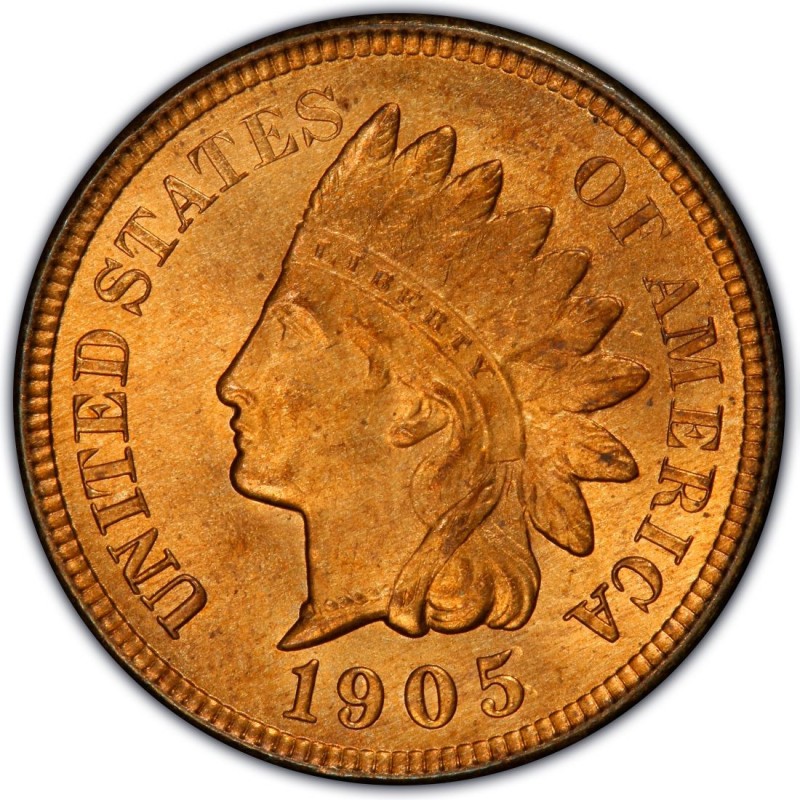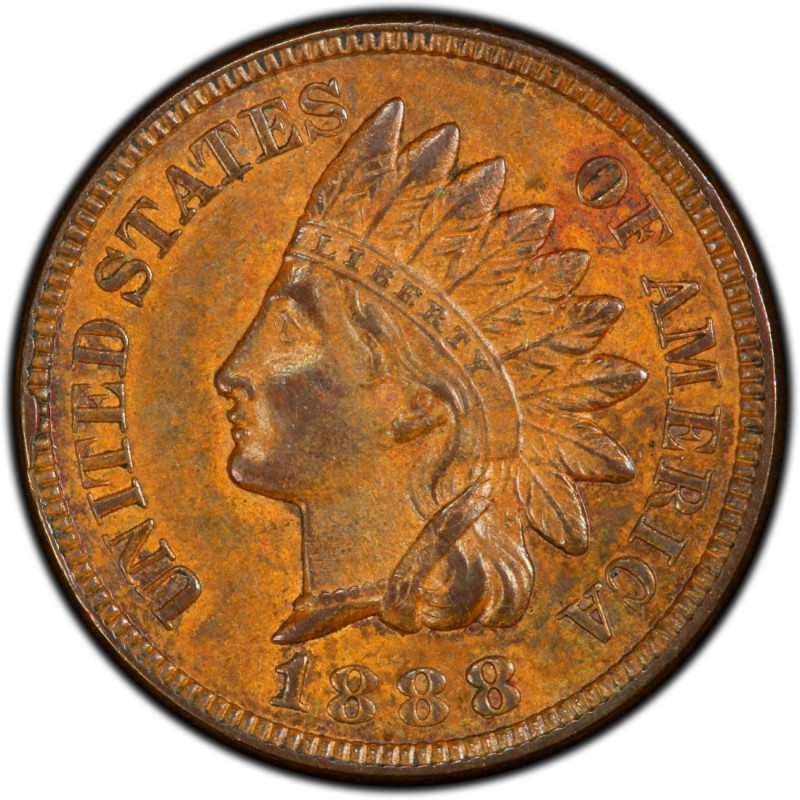1905 Indian Head Penny Value
1905 $1.48 $2.49 $7 $31 1906 $1.48. High Indian Penny Value. Mint State Grade: Indian Penny. To Indian head pennies to the popular Wheat pennies of 1909 to 1958. So I came across a bunch of Indian Head pennies and buffalo nickels and so on and so forth but I came across this 1905 Indian Head penny that looks like it's been cracked on the front Maybe but the odd thing about it is it's completely blank on the back it does not have the one cent stamp mark on the back it's completely blank.
Indian Head Cent

Longacre substitutes Indian Head designs for Flying Eagle By Paul Gilkes
COIN WORLD Staff Difficulty in modifying the Flying Eagle cent design to correct the problem of short die life and poor strikeability led Chief En...READ MORE
Indian Head Cent

One Penny 1905
COIN WORLD Staff Difficulty in modifying the Flying Eagle cent design to correct the problem of short die life and poor strikeability led Chief Engraver James Barton Longacre to abandon the eagle motif in favor of his new Indian Head design in 1859. The head and tail of the eagle on the obverse of the copper-nickel Flying Eagle cent were positioned directly opposite the wreath on the reverse, creating weakness in the detail of the design with every strike. The chief engraver had been in his position for more than a dozen years when he was given the assignment to fix the existing cent design or produce a new one. At the same time Longacre produced the Indian Head obverse, three new reverse designs were also tested. One alternative included a plain oak wreath. The second choice depicted an oak wreath with a wide ornamented shield above. A third selection offered two versions of a plain laurel wreath. One of the latter two variations – the centered laurel wreath with low relief – was paired with the obverse Indian Head design to strike the first coins for circulation in 1859. The hub style was changed from narrow bust point in 1860 to a broad bust point, possibly to increase die life. A new reverse was introduced in 1860 as well, depicting a shield between the points of a new, oak wreath. A year before the Civil War ended, Congress took action to alter the composition of the small cents since the nickel coinage metal was in short supply and it was costing the Mint more than the face value to produce the coins. The Mint Act of April 22, 1864, amended the Act of Feb. 21, 1857, by changing the composition of the small cent from the 88 percent copper, 12 percent nickel – established with the Flying Eagle cent and the first nearly six years of Indian Head cent production – to a bronze alloy of 95 percent copper, 5 percent tin and zinc. This bronze alloy would remain constant throughout the rest of the Indian Head cent series, which closed its run in 1909. Along with the 2-cent coin, the bronze Indian Head cents marked the first token coinage of the United States, being valued only by the government stamp, not the metal content. The bronze Indian Head cent was released in July 1864. Its production proved profitable to the federal government, as 3.7 bronze cents could be reproduced from every recoined copper large cent. During the Civil War, large numbers of cents were hoarded, then later dumped into circulation, causing a glut. In 1871, this coinage saturation was alleviated when legislation called for the redemption and recoinage of all earlier minor coins, allowing financial institutions to redeem larger amounts of coins. Enough copper was redeemed to keep the Mint going for six years. In 1873, the country's economic woes plunged the nation's populace to again flood commerce with hoard coins as they could no longer afford to accumulate them. The new infusion of coins created rarities of the 1870, 1871 and 1872 dates, causing larger than usual mintages for the 1874 and 1875 cents. The Mint's self-imposed stance to combat high planchets prices by not buying them certain years resulted in lower production in 1885, 1886 and 1894. The Mint began making its own cent planchets in 1908. Indian Head cents were all struck at the Philadelphia Mint, except in 1908 and 1909, when examples were also struck at the San Francisco Mint. Mintage was low for the 1908-S issues since the San Francisco Mint, rocked by the Great Earthquake two years earlier, had only one press available to produce cents.1905 Wheat Head Penny Value
Indian Head cent | |
| Date of authorization: | Feb. 21, 1857 |
| Dates of issue: | 1859-1909 |
| Designer/Engraver: | James B. Longacre |
| Diameter: | 1859-1864: 19.30 mm/0.76 inch 1864-1909: 19.05 mm/0.75 inch |
| Weight: | 1859-1864: 4.67 grams/0.15 ounce 1864-1909: 3.11 grams/0.10 ounce |
| Metallic content: | 1859-1864: 88% copper, 12% nickel 1864-1909: 95% copper, 5% tin and zinc |
| Edge: | Plain |
| Mint mark: | 1908-1909, reverse under wreath |
Indian Head Cent
See Full List On Thesprucecrafts.com
MARKETPLACE
1907 Indian Head Penny Worth
BUY OR SELL COINS SAFELY WITH OUR EXCLUSIVE ESCROW CHECKOUT